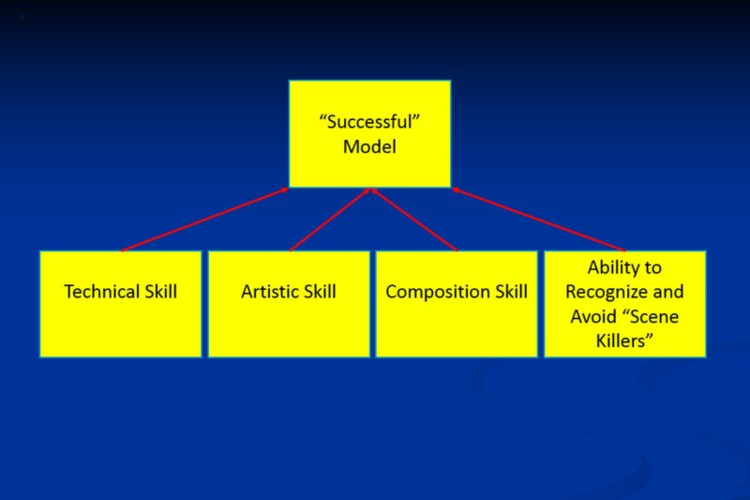In the July issue of Model Railroader, Tony Koester wrote what I’d consider to be one of his best Trains of Thought columns. In the piece he clearly communicates the notion that simply producing a model that is neatly constructed won’t bring you to the finish line if your goal is create a successful scene. I define a successful scene as one that gives you the visceral feeling of being transported to the time and place that evokes the pleasant memories we are trying so hard to capture.
Tony writes: “Modeling railroading, as opposed to basic model railroading, is indeed an art form. Just building exquisite models won’t come close to achieving a sense of a railroad going about its daily toil. How they’re situated, which models we choose to include, how well they’re weathered, whether they complement the function and appearance of the railroad – all of those factors and more come into play when our goal is model railroading.“
We can’t reach our goal of achieving a successful model, however, if we don’t have a crystal clear awareness of the factors that must come together to reach that end. The graphic above illustrates the four skills that must be mastered and combined in order to achieve “success”.
Technical skill refers to how well we handle basic assembly tasks. These include clean joints, surfaces free of adhesives, neat lines, and smoothly applied paint. As Tony points out, you can have a model that is technically correct but doesn’t still look very realistic.
Artistic skill has to do with color selection and application as well as material selection. In other words, getting the right color, in the right place, in the right pattern. If you want to see this in practice take a walk through the images on The Rustbucket forum. Color selection alone isn’t enough. We also need to select the correct textures. Examples include static grass instead of ground foam, high quality ballast, etc.
Composition has to do with the elements we select for our scenes and of even more importance, the space between them. Modelers constantly struggle with the spacing issue, often place elements too close together, and detract from would otherwise be a successful result. Composition also has to do with selecting accurate cross sections. That mean posts, mullions, hand rails etc. that are not overly thick.
Finally, a modeler needs to cultivate an eye towards recognizing scene killers and avoid placing them in said scene. Frequent offenders are cheaply made chain link fences, power lines, cheap vehicles, clunky figures, unrealistic signs/billboards, etc.
None of this comes overnight and the first step is an awareness that the elements exist and their importance in getting you to where you want to go.
